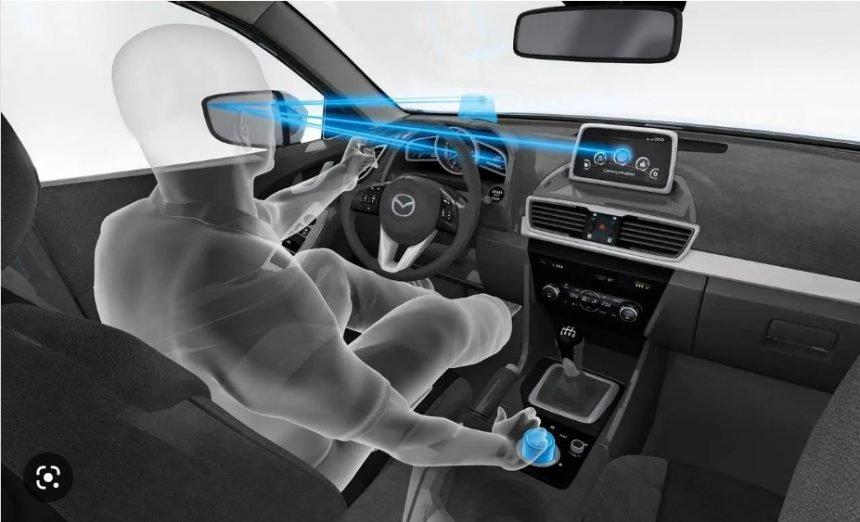Individuals who are registered as responsible drivers—based on their driving history and behavior—are the only ones allowed to drive vehicles. Through a centralized biometric system that ties the individual’s identity to their driving behavior, enables concerned authorities to lock or disable a defaulter’s ability to drive.
Biometric Driver Monitoring System has significant potential to address the problem of rash driving. By linking driving privileges to an individual’s record of responsible behavior, such a system would incentivize drivers to adhere to traffic laws and avoid reckless behavior. Here’s how it might work:
Centralized Biometric Database
The government or a central authority could establish a database of registered drivers, using biometric data (e.g., fingerprints, facial recognition, or other identifiers) linked to their driving records. This database could track whether an individual is a safe driver or a habitual offender.
Vehicle Integration
Vehicles could be equipped with biometric sensors (like fingerprint scanners or facial recognition systems) that would only allow authorized drivers—those with a clean or responsible driving record—to operate the vehicle. This could be integrated with the vehicle’s ignition system, locking out any drivers flagged as defaulters or having a history of rash driving.
Dynamic Penalties
Drivers who are caught violating traffic rules or engaging in rash driving could be penalized in the system, reducing their “driving privilege score.” Repeated violations could lead to a complete lock on their ability to operate any vehicle.
Monitoring & Enforcement
Law enforcement agencies could have access to this system, allowing them to track which individuals are allowed to drive at any given time. They could also monitor traffic violations and issue fines or revoke driving privileges accordingly.
Public Education & Awareness
Alongside this technological solution, public campaigns are necessary to educate drivers on the importance of safe driving and the long-term benefits of maintaining a clean record. The integration of this system could also serve as a deterrent, encouraging better driving habits across the population.
In summary, Biometric Driver Monitoring System could prove be an effective way to curb rash driving and promote safer roads. By tying driving privileges to responsible behavior and enforcing accountability, it could help reduce traffic violations and accidents in the long term. However, it may require significant investment in technology, infrastructure, and legal frameworks to implement.
(Author is M.Tech (Gold-Medalist) from AMU. linkedin.com/in/amirgulam. Email: [email protected])








